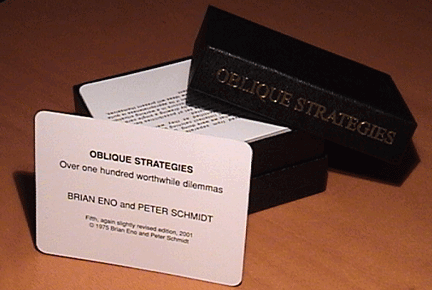STRUCTURE
The first and most prominant difference between "art" and "game" for myself is structure. When creating my game and then collaborating with a partner, the game always required structure. There had to be a beginning, an end, pre determined point systems and teams or players, and purpose. We had to have a set direction and desire to give the player to do and follow, and in the end, we had to have a result.
For me, when creating "art", these are things I never even think about, let alone focus on. I usually rely on allowing myself to become distracted and stray away from my original plan for the piece. I enjoy beginning with a thought and ending up in a different place. I have realized and stated in the past about how I enjoy to cause confusion for the viewers and being able to create different reactions and thoughts.
I think that game making and art making can be seen as very similar though. They are both processes in which the artist is trying to create a reaction, however, in certain situations the artist has more control on the outcome, not just the desire for it.

